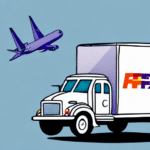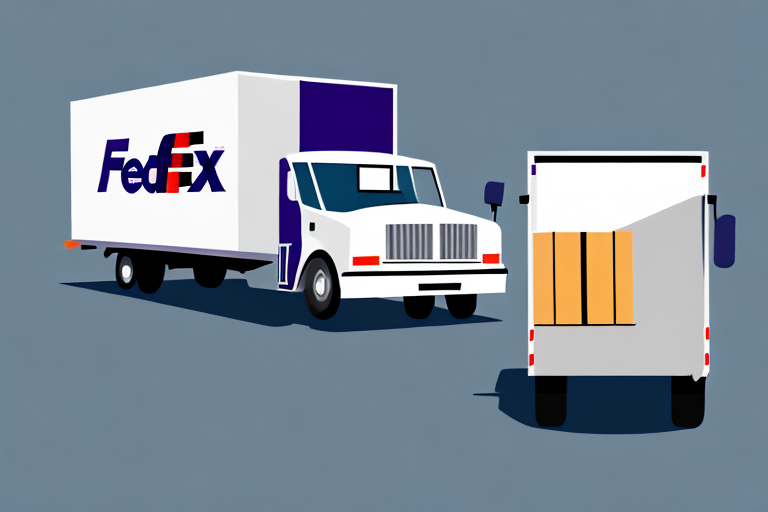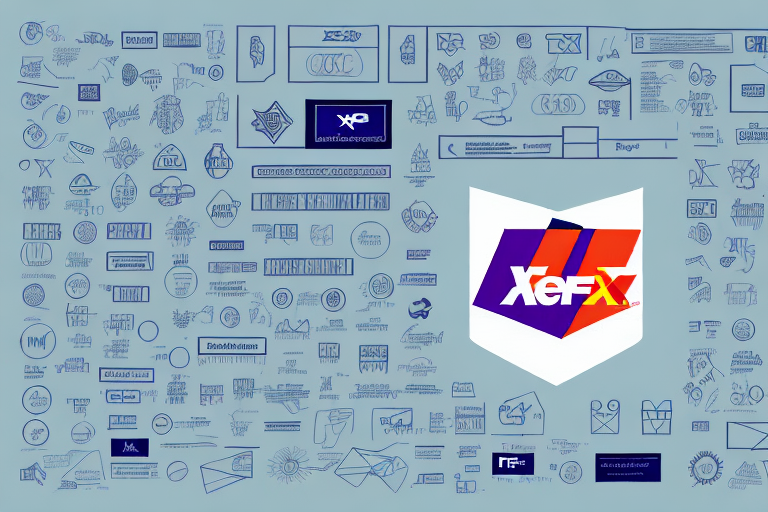Understanding FedEx Weather Exceptions
When it comes to shipping with FedEx, weather can be one of the biggest factors causing delays or disruptions in package deliveries. Being aware of FedEx weather exceptions is crucial for customers, as it helps them prepare and plan ahead to prevent any inconveniences. In this article, we'll delve into FedEx's weather exception policy and offer tips for customers to effectively manage their shipments.
The Importance of Knowing FedEx Weather Exceptions
Understanding how FedEx handles weather-related delays and disruptions can significantly impact the timely delivery of your packages. Weather can be unpredictable, and various factors can affect a shipment’s ability to reach its destination on time. By familiarizing yourself with FedEx's weather exception policy, you can better coordinate your shipments to minimize delays and other issues.
One key aspect of FedEx's weather exception policy is that it applies not only to the origin and destination locations but also to any intermediate stops along the way. This means that even if the weather is clear at the starting point and the final destination, a package may still be delayed if it has to pass through an area experiencing severe weather conditions. It's important for customers to keep this in mind when planning their shipments and to communicate with their recipients about potential delays.
Common Weather-Related Delays Affecting FedEx Deliveries
The most common types of weather conditions that typically impact package deliveries include hurricanes, snowstorms, tornadoes, and flash floods. These natural disasters can make roads impassable or completely shut down airports, leading to delayed or canceled flights. According to the National Oceanic and Atmospheric Administration (NOAA), severe weather events have been increasing in frequency and intensity, which can directly affect shipping timelines.
In addition to natural disasters, extreme temperatures can also affect FedEx deliveries. During periods of extreme heat or cold, packages may be held in temperature-controlled facilities to prevent damage or spoilage. This can cause delays in delivery times but is necessary to ensure the safety and quality of the package contents.
Another factor that can impact FedEx deliveries is air quality. During times of poor air quality, such as during wildfires or industrial accidents, flights may be grounded or rerouted to avoid affected areas. This can also cause delays in package delivery, but it is necessary to ensure the safety of both the packages and the FedEx employees who handle them.
How FedEx Manages Weather-Related Disruptions
If there are any weather-related disruptions to a package delivery, FedEx strives to deliver the package as soon as possible. However, the safety of both the delivery team and the packages is always the top priority, and sometimes weather conditions make it impossible to safely deliver the packages on time. In such situations, deliveries may be delayed until it is safe to proceed.
FedEx closely monitors weather patterns and takes proactive measures to minimize disruptions. This includes adjusting flight schedules, rerouting packages, and utilizing alternative transportation methods. For example, during the 2023 hurricane season, FedEx implemented additional flights and alternative routing to maintain delivery schedules as much as possible.
For more detailed information on how FedEx manages weather-related disruptions, you can visit the FedEx Customer Support page.
Tracking and Managing Your Package During Weather Exceptions
During a weather exception, tracking your package becomes even more crucial. FedEx offers various package-tracking tools on their website to keep customers informed about any changes in the delivery schedule due to weather disruptions. Customers can choose to receive email or SMS updates on the status of their package’s delivery.
In addition to standard tracking, FedEx provides a service called Delivery Manager, which allows customers to customize their delivery options during a weather exception. With Delivery Manager, customers can:
- Request to have their package held at a FedEx location for pickup.
- Reschedule the delivery for a later date when the weather has improved.
- Provide specific delivery instructions to ensure safe and timely receipt of the package.
This service can be accessed through the FedEx website or mobile app.
Preparing Your Shipment for Weather-Related Delays
Preparation is key to preventing delays or your package being held up during a weather exception. Here are some tips to ensure your shipment is well-prepared:
- Use Weather-Resistant Packaging: Consider using water-resistant bags or boxes to protect your package from unexpected weather conditions.
- Clear Labeling: Label your package with visible and clear weather-resistant labels to ensure it is handled appropriately during transit.
- Check Weather Forecasts: Before shipping, check the weather forecast for the destination. If severe weather is expected, consider delaying your shipment until conditions improve.
- Expedited Shipping: Use expedited shipping options to ensure your package arrives before any potential weather disruptions.
- Include Instructions: Include a note inside the package with instructions for the recipient on what to do in case the package is damaged due to weather conditions during transport.
What to Do If Your Package is Delayed Due to Weather
If your package is delayed due to weather conditions, it's important to stay calm and informed. Here’s what you can do:
- Track Your Package: Use the FedEx tracking system to monitor the status of your shipment. Be aware that there may be delays in updating tracking information during severe weather.
- Contact Customer Service: Reach out to FedEx Customer Service for more details on delivery estimates and alternative options.
- Utilize Delivery Manager: Use the Delivery Manager tool to reschedule your delivery or hold your package at a FedEx location if needed.
Remember, FedEx follows safety guidelines recommended by local authorities during weather exceptions, ensuring that your package is in safe hands and will arrive as soon as possible.
FedEx Customer Rights and Compensation During Weather Exceptions
While weather exceptions are beyond the control of FedEx, customers may be entitled to compensation for delayed or damaged packages under certain conditions. It is important to understand your rights and the policies in place:
- Review the Delivery Agreement: Familiarize yourself with FedEx’s delivery agreement to understand the terms and conditions related to weather exceptions.
- Report Issues Promptly: If your package is delayed or damaged due to a weather exception, contact FedEx customer service as soon as possible to report the issue.
- Provide Detailed Information: When reporting a problem, provide accurate and detailed information about your package and the nature of the delay or damage to expedite the resolution process.
- Compensation: Depending on the circumstances, FedEx may offer compensation or refunds for shipping fees if the delay or damage was caused by a weather exception.
For more information on customer rights and compensation, visit the FedEx Customer Support page.
How Technology Helps FedEx Navigate Through Weather Exceptions
FedEx leverages advanced technology to manage and mitigate the impact of weather exceptions on package deliveries. Some of the key technologies include:
- SenseAware: This proprietary software allows FedEx to track packages in real-time, providing detailed information on their location, temperature, and humidity levels. By using this data, FedEx can proactively reroute packages to avoid areas experiencing severe weather conditions, ensuring timely and safe delivery.
- Weather Sensors and Routing Technologies: FedEx utilizes weather sensors and intelligent routing systems to monitor weather patterns continuously. This enables the company to adjust delivery routes and schedules dynamically based on real-time weather data.
- Mobile Applications: FedEx’s mobile apps provide customers with instant access to tracking information, delivery updates, and the ability to manage delivery preferences on the go.
- Machine Learning and Predictive Analytics: By analyzing historical weather data and delivery performance, FedEx can predict potential disruptions and take preemptive actions to minimize delays.
These technological advancements play a crucial role in enabling FedEx to effectively navigate through weather exceptions and maintain a high level of customer satisfaction.
Conclusion
FedEx weather exceptions are inevitable due to the unpredictable nature of weather. However, by understanding how FedEx handles such situations, customers can proactively manage their package deliveries and avoid inconvenience. By utilizing tracking tools, preparing shipments appropriately, and knowing your rights, you can ensure that your packages are delivered safely and promptly, regardless of weather conditions.
For more detailed information and the latest updates on FedEx's weather exception policies, visit the FedEx Weather Exceptions page.






















